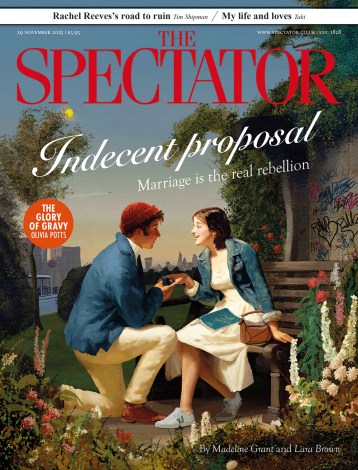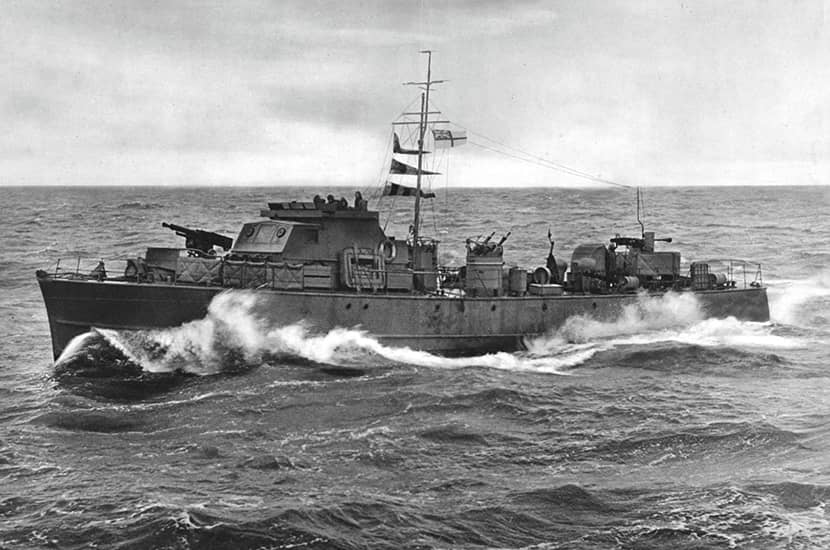Fast boats and fast women have been the ruin of many a poor boy. But they can also prove a triumphant mix, as the wartime exploits of the Royal Navy’s 15th Motor Gun Boat Flotilla, described in Tim Spicer’s highly enjoyable book, show. An under-cover unit run during the second world war by the Secret Intelligence Service, it used sleek 110ft motor launches to ferry agents and supplies between England and France.
Leaving Dartmouth in the late afternoon, their mission was to race across 100 miles of Channel, evade German patrol boats, navigate the rocks and tidal races of the Brittany coast to a pinpoint spot under the noses of enemy sentries, paddle through the surf and, with luck, rendezvous with the Resistance. Once they had dropped off their passengers and cargo and picked up any agents or aircrew heading for England, they threaded their way back, in the hope of returning to base by breakfast. All this had to be done in pitch dark and total silence, often in winter weather. Their main weapons were speed and stealth. A navigator’s mistake, a mechanic’s dropped spanner, betrayal to the Gestapo or sheer bad luck could spell disaster.

The brave men of 15th MGBF made that perilous journey many times between 1942 and the liberation of France in 1944. This was dangerous, exciting work. Officers of these ‘spitfires of the sea’ had some of the same glamour as fighter pilots. Youth, daring and modernity incarnate, they enjoyed close links with the West End, and especially with some of its female stars. The girls of the Windmill Theatre adopted the unit and took good care of its members when they were in London on leave. One of the team was Guy Hamilton, who became a well-known film director after the war, demonstrating a sharp eye for the female form in Gold-finger and other Bond films. Another was the eyepatch-wearing David Birkin, married to the actress and singer Judy Campbell and later father of the breathless 1960s icon, Jane.
These are colourful characters and this is a ripping yarn. Spicer, himself no stranger to buccaneering soldiers and tense operations after a successful, and at times controversial, post-army career in the world of private military contracting, captures both well.
There is more to this book than thrills, however. First, in the development of the flotilla we can trace an example of the growing professionalism and expertise of the British armed forces. This was not a war won by amateurs and ad hocery, as myth would have it. After an uncertain start, by D-Day the British military had become a formidable engine of war. Men like Birkin and Hamilton may have begun as civilians in uniform but by 1944 they were highly experienced, efficient professional warriors. Their story is as much one of skill as of daring. Secondly, Spicer links the stories of the flotilla’s operations with the networks of agents in France collecting information, conducting sabotage or helping downed Allied airmen evade captivity.
A navigator’s mistake, a mechanic’s dropped spanner or betrayal to the Gestapo could spell disaster
How much all this secret activity mattered remains impossible to quantify. The moral effect of resistance to the Nazis was probably as important as any intelligence gathered or bridges blown up. The claim on the book’s cover that the flotilla changed the course of the war is silly hype. What is not in doubt is the remarkable courage of the British and French agents and résistants involved. As Spicer notes, the motor gun boat crews might return home to the
relative safety and comfort of a free country. The brave men and women of Brittany lived with the constant 24-hour, seven-days-a-week threat of discovery, torture and death, from which they had no respite.
This is not one of the great undiscovered stories of the war. While the details of the operations were necessarily kept secret, 50 of the 125 men who served received medals, and Spicer cites a long list of books and websites dedicated to the coastal forces. A Dangerous Enterprise could have done with a ruthless editor to eliminate irrelevance and repetition. Nonetheless, it represents a satisfying addition to that literature. It will appeal to anyone who wants to be reminded of the courage of the men and women of that generation on both sides of La Manche — and to all who enjoy tales of wartime derring-do.






Comments